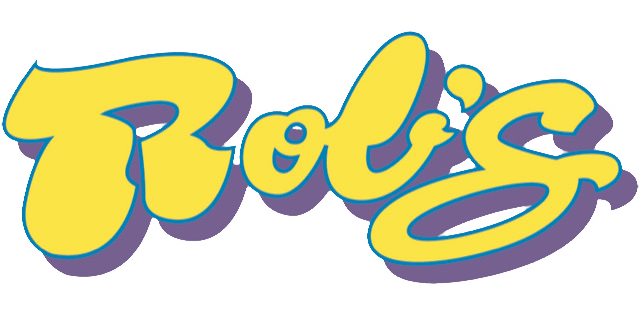We touched a little bit on some of the finer aspects of collision a few months back. Glossing over how and why it’s important to go to OEM certified collision repair specialists due to special frame build components and such. How do these things protect us in the long run anyway?
CRUMPLE ZONES
Crumple zones, also known as “crush spaces”, are parts of a vehicle’s frame that are designed to absorb energy from impact through controlled deformation. Using your finger as an example, you can think of the joints on the 3 bones of your fingers as “crumple zones.” When you push your finger into something, those joints bend, absorbing the energy from the impact. Thankfully, when you poke something, your fingers are generally OK. In vehicles, these crumple zones lessen the kinetic energy passed onto passengers by great amounts. Without these points on the frame in place, even minor fender benders can do some serious damage to passengers, AND some of the mechanical components of the vehicle.
How long have crumple zones been around?
Since the mid 50s! They were first patented by Mercedes-Benz in the early 1950s. This caused a paradigm shift among auto makers who firmly held the belief that a safe car had to have a rigid frame. By dividing the car body into multiple sections, the front and rear sections crumpled around the center area. While crumple zones have been around for over half a century, the advances engineers have made to them over that time puts the originals to shame. In a test that the IIHS performed in September of 2009, they demonstrated the effectiveness of modern car safety design over the 1950s safety designs. The IIHS showed this by doing an offset head-on collision between a 2009 Chevrolet Malibu and a 1959 Chevrolet Bel Air sedan. In an obvious no brainer, the 2009 Malibu fared much better.
Couple advances in crumple zones, with the materials used in frames of newer vehicles, and it becomes evident that technology in cars isn’t just about bells and whistles and touch screens.
WINDSHIELDS AND WINDOWS
When in a moderate to severe collision, one component of the vehicle often gets completely destroyed. We often see a need for glass repair in vehicles we do collision repair for. But, what advances in glass have been made to protect us in an accident? Laminated glass has become an industry standard for windshields for quite some time. Laminated glass is a special type of safety glass that holds together when shattered, preventing passengers from being sprayed with glass shards in the event of a head-on collision. Laminated glass has been around for over 100 years, so it’s hardly new. But, auto makers are considering incorporating this type of glass into passenger windows and rear windows for added safety and security for passengers.
Another advancement in windshields is automatic tinting windshields. Mercedes has released “Magic Sky Control” for some models of their vehicles for their sunroofs. Auto-dimming glass can help make those intensely sunny days easier on the eyes and give you better visibility on the roads without having to scramble for sunglasses. It is likely to see more implementation and integration of this glass technology within the next few years.
Digital display windshields may also become a reality. The train of thought here is to display the pertinent information to the driver in a manner that keeps their eyes on the road, but receive up-to-date information on a trip. Information such as, current speed and local speed limits, upcoming pedestrian crossing, obstacle detection, weather alerts and traffic updates, and GPS information could be displayed as an overlay on the windshield.
THE PRICE OF SAFETY
Passenger safety is the number one, paramount vision of auto makers (as well as performance, but that’s for another day). And, as long as these advances are made, there are going to be some rising costs for collision repair. If/when these advances are made in safety technology, so too must advances be made in the automotive repair industry. New training programs, certifications, mastery degrees and the like will come along as these new features become standard. Unfortunately, these new safety features do come at a cost. Specialty equipment will be needed to complete these repairs, new techniques will be required to restore vehicles back to OEM specification. We strive to be up-to-date on these features as they appear so we can better inform our customers when they come to us.
We here at Rob’s make it a point to provide the best, most up-to-date, cutting edge service to all of our customers. We do not want to see anyone end up in an automotive collision. But, we also understand that there are times where it’s out of our control and we are here to help put things back together for you. Whether it’s an American Classic, or fresh off the lot 2016 Audi with all the new toys, Rob’s will do our best to get you and your vehicle back on the road as if your collision never happened!
It’s the end of the year. Thanksgiving is behind us, the December holidays are coming up, friends and family ringing in the new year together. Everyone here at Rob’s wants to wish you a safe and happy holiday. See you next year!
